Athletics is more than a sport; it's a celebration of human potential. From sprints to throws, jumps to relays, it encompasses a range of dynamic disciplines that showcase strength, speed, and skill. Achieving an athletic physique is about striking the right balance between a number of components. Adopting the right exercises to be practiced regularly while following a balanced diet are the building blocks for your journey, for sure.
An athletic physique is a body shaped by focused training, blending defined muscles, practical fitness, and well-proportioned form. Training regularly to get that perfect physique takes effort, commitment, and perseverance. You simply need to find the sweet spot that ticks all the checkboxes.
India celebrates National Sports Day on 29th August to honor the legacy of hockey legend Major Dhyan Chand. On this occasion, we too can embark on a journey to raise our own physical potential. You need to bear in mind that having an athletic physique isn't just about muscles. You need to feel strong, agile, and energized.
There may not be a shortcut to this tumultuous path, but we’re here to make your journey easier by providing you with these 10 effective strategies for achieving an athletic physique the right way.
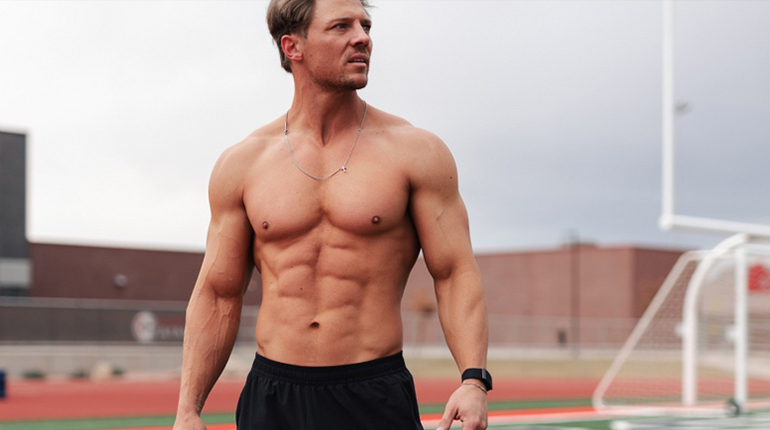
1. HIIT with Weight Lifting
Create a routine that dedicates about 3-4 days a week to HIIT cardio sessions. Focus on activities like burpees, mountain climbers, squat jumps, running a treadmill or using other such cardio fitness equipment, etc. Such high-intensity interval training sessions push your heart rate to the maximum in short intervals with minimal rest, leading to increased calorie burn both during and post-exercise.
Then, turn your focus to strength training with the days remaining. Engage in exercises that involve heavier weights. Aim for 12-15 reps per interval. Evidently, you'll end up with stronger muscles that make you look athletic while also keeping your metabolism functioning.
In any case, changing up your exercises is really important. It keeps your muscles engaged and prevents dreaded weight-loss plateaus.
2. Monitor and Adjust Your Macros:
Macronutrients such as protein, carbs, and fats serve as the core components of your body, acting as a fuel. Whether you're looking to gain muscle or shed fat, proportioning your nutrients will help you achieve your goals with ease.
In fact, adjusting your nutrients and monitoring your progress will help you achieve peak performance. This practice will support not only muscle recovery but also help maintain optimal energy levels, while cutting down fats.

3. Utilize Unilateral Exercises and Swift Lifts
Unilateral training involves exercising only one bodily part (the leg or arm) at a time. Unilateral training prevents injuries from muscular imbalances, addressing problems like uneven hips and imbalanced shoulders that arise during heavy lifts. These exercises correct imbalances, boost core stability, and improve overall strength.
Additionally, unilateral exercises are safer to load, simplifying programming decisions—especially useful for injury management. While bilateral lifts have their merits, the risk-reward balance often leans towards unilateral training for improved performance and reduced risk.
4. Focus on Functional Training:
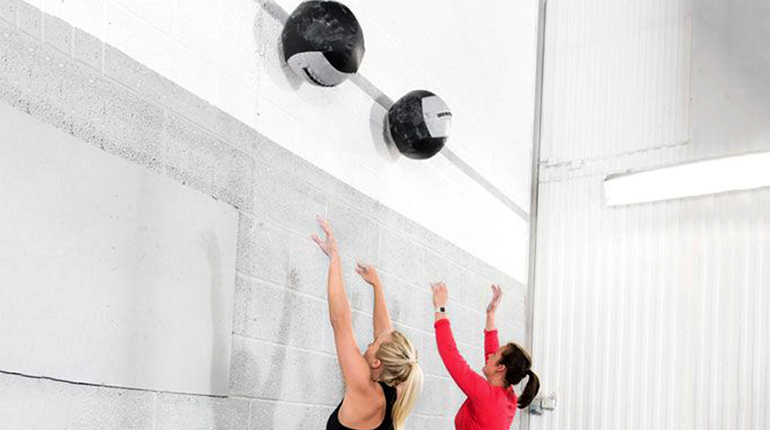
Athletics frequently necessitates coordination, balance, and agility. Functional fitness acts as a bridge between building a good physique while simultaneously fine-tuning your body’s motor coordination skills as required.
Additionally, functional training bridges the gap between gym workouts and real-life activities. Engaging in exercises that mimic everyday movements—such as kettlebell swings, medicine ball throws, and agility drills—improves your overall athleticism. These activities enhance your swiftness and precision, making you more adaptable and capable in various physical situations.
5. Train Outdoors:
Taking your workouts outdoors offers a refreshing change of pace and scenery. Outdoor activities like trail running, hiking, or circuit training in natural surroundings challenge your body in unique ways. The uneven terrain, fresh air, and exposure to varying elements engage different muscles and stimulate your senses, contributing to a well-rounded fitness experience.
6. Train Your Weaknesses:
Identifying and addressing weaknesses is a key aspect of balanced progress. Devoting extra time to work on lagging muscle groups or skills not only improves your overall physique symmetry but also enhances functional fitness. By targeting your weaknesses, you build a solid foundation that supports your strengths and prevents imbalances.
7. Focus on Mobility and Flexibility:
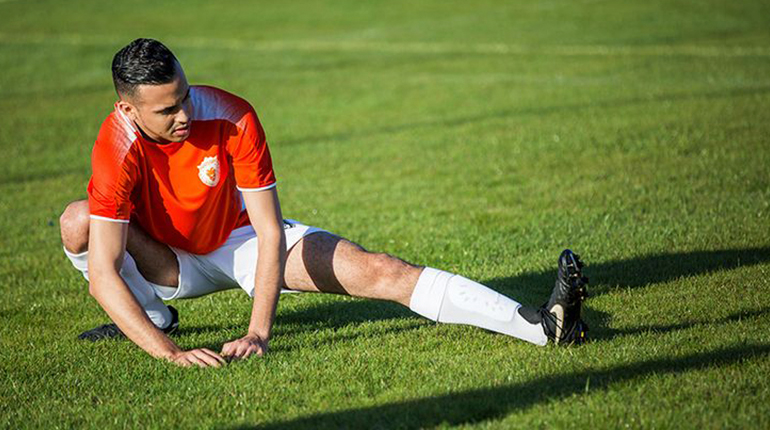
Prioritizing mobility and flexibility is essential for preventing injuries and optimizing performance. Incorporating exercises that improve your range of motion—such as dynamic stretches, yoga, or foam rolling—ensures that your muscles can work efficiently. Enhanced flexibility also contributes to better posture, ease of movement, and overall body functionality.
8. Integrate Mindfulness Techniques:
As important as physical training may be, mindful practices cannot be ignored. Meditation and deep breathing exercises contribute to your overall well-being. Managing stress positively impacts your physical progress. Your body is able to recover, adapt, and perform at its best during workouts and daily activities with a calm mind.
9. Practice Active Recovery:
Though nothing can replace ample rest for your body, of course. There are still alternate methods you can practice for active gentle recovery movements. Engage in light yoga, and swimming, or perform leisurely cycling on rest days. These leisurely activities promote better blood circulation and ease the stiffness in your muscles. Active recovery helps to ease soreness and enhances flexibility.
10. Stay Adaptable:
Adaptability is a cornerstone of sustained progress. Paying attention to your body's cues and being open to adjusting your training routine is crucial. If you experience fatigue or reach a plateau, consider modifying your exercises, intensity, or recovery strategies. Adapting your approach ensures continuous growth and prevents stagnation on your journey to an athletic physique.
Remember that everyone's body is different, so it's critical to figure out what works best for you. Incorporate these unique tips alongside the fundamental principles of fitness for a comprehensive approach to achieving an athletic physique.
Conclusion:
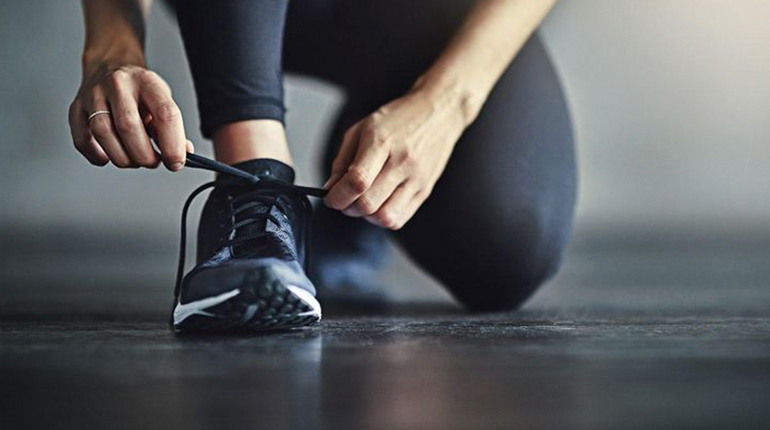
Each tip we've explored is a piece of the puzzle that contributes to your athletic journey. From setting clear goals and embracing patience to exploring unconventional workouts and nurturing mental resilience, you've uncovered a wealth of strategies to propel you forward.
So, whether you're looking to score on the field or simply aiming to feel your best every day, let these tips serve as your guiding compass. Your athletic physique isn't just a destination; it's a testament to your growth, discipline, and the power of your own potential. Embrace the challenges, celebrate the victories, and keep moving forward with the confidence that you have what it takes to create the best version of yourself.
 India (INR)
India (INR)
 UAE (AED)
UAE (AED)
 Store Locator
Store Locator


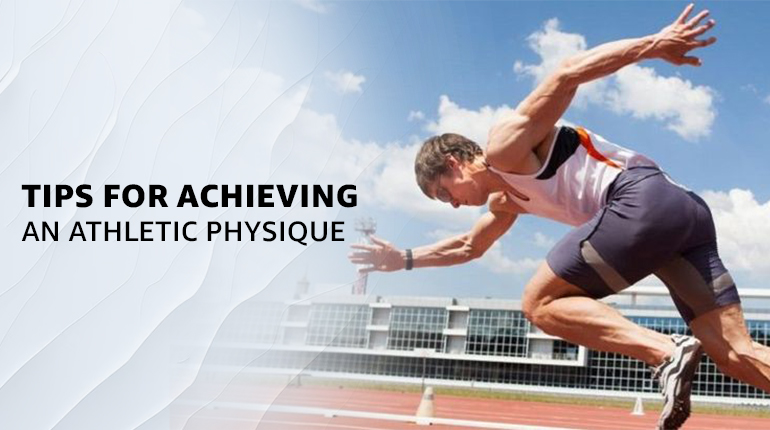





-thumb.jpg)
-thumb.jpg)
-thumb.jpg)
-thumb.jpg)
-thumb.jpg)
-thumb.jpg)
-thumb.jpg)
-thumb.jpg)
-thumb.jpg)
-thumb.jpg)